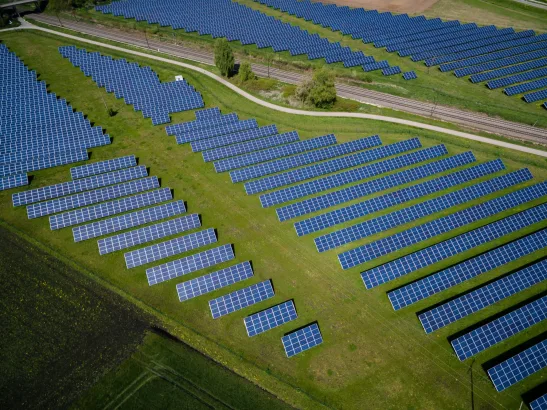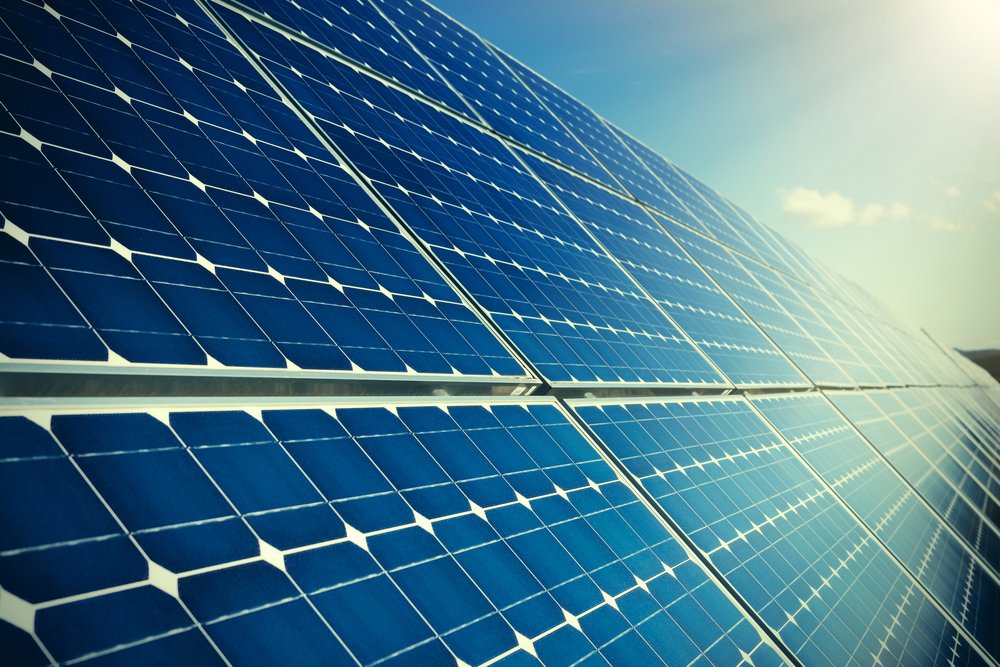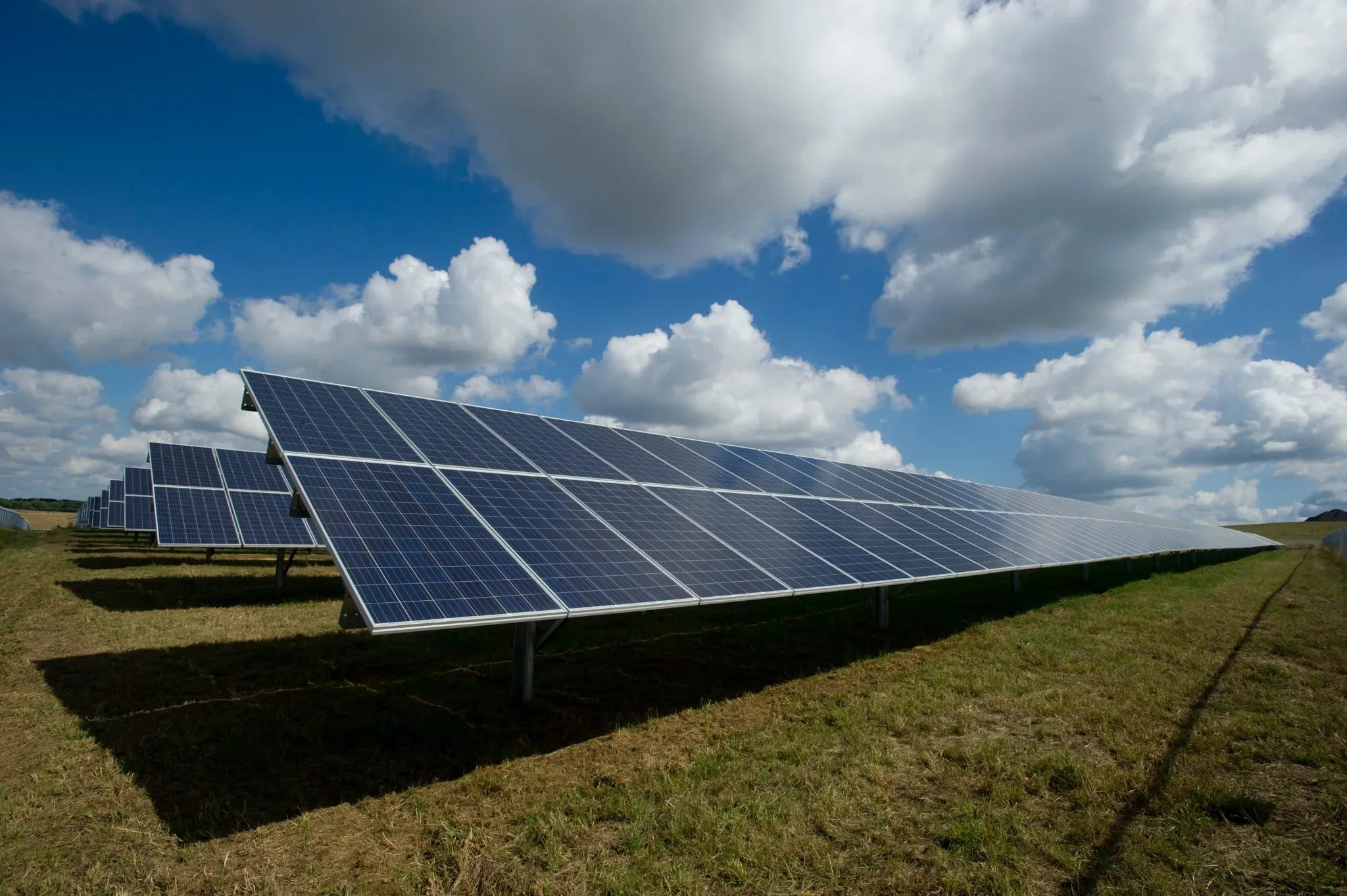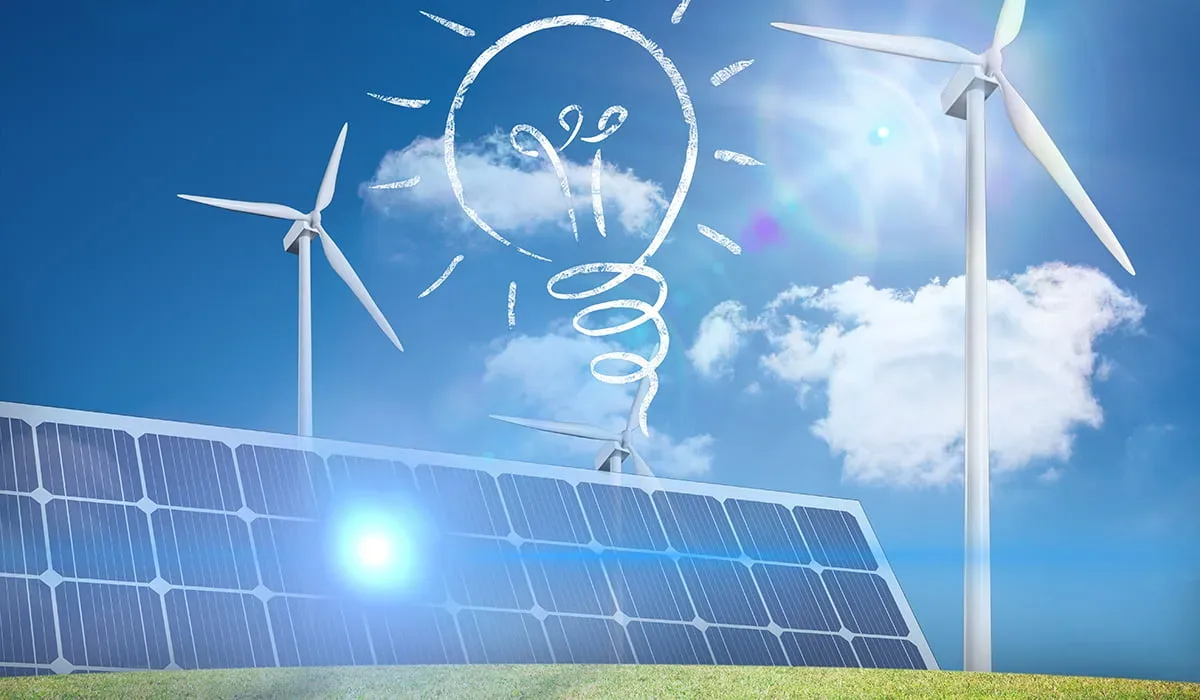Solar is a trend that is fast catching up to the masses after recognizing its multiple benefits. Apart from being good for the environment and leaving behind fewer carbon footprints, it also has monetary benefits. However, there are various apprehensions when it comes to going solar. The hesitations that persist in the minds of the people are due to the high cost of installation when it comes to solar energy. These high costs can confuse the minds of the masses as to whether going solar is the right financial decision to make or not.
Solar sure is a lump sum investment to make; however, the consumer must be aware that solar energy systems have good returns on the investments. This investment is not only covered in a matter of few years but also leads to savings in the longer run. There are two types of solar solutions that one can choose from – On-grid or off-grid.
An off-grid solar energy system is preferred more in areas where there is a frequent and long duration power cut, such as remote villages or mountains. Whereas, an on-grid solution is a more broadly used form of solar energy in residential or city areas. An on-grid solar solution is suitable for areas that have less or no power cuts. It is connected to the primary electricity grid, and any excess power generated is given back to the grid, which saves electricity and leads to monetary benefits. For the off-grid solar system, you need equipment such as an on-grid solar inverter and solar panel. For an on-grid solar system, you need a Grid Tie inverter, solar panel, and a net meter.
How an on-grid solar solution can cut down your power cost?
1. Give Back and Save Money
With an On-grid solar energy system installed, you can not only generate your electricity but also give back. This is done when you generate more electricity than you need; the units are fed back to the grid. The monitoring of the units fed back to the grid is done by a net meter. By giving back the solar-generated electricity units to the grid, you are provided with a subsidized electricity bill, eventually leads to accumulating savings.
2. Savings on Electricity Bills
The most apparent long-term benefit that you will encounter once you go solar is that you save on electricity bills. In the beginning, the savings might seem small, but with time, these numbers will contribute to covering the cost of installation. However, the savings on your electricity bill depending on your usage, where you install your panels, the quality of panels, and the amount of sunlight that the site receives.
3. Long-Lasting
The main reason for solar panels leading to monetary savings is that they have a long life. Good quality solar panels can last more than 25 years. The panels need regular maintenance. It should be cleaned from time to time to get rid of dirt or any other obstacle. This will ensure the optimal performance of the panels.
4. Calculate Your Cost
While choosing solar, you could feel confused as you’d be making a substantial financial investment. However, you don’t have to worry about how much time it will take to cover your base cost, as there is a simple way to determine it by a calculator. With the help of the calculator, you can learn how much time it will take to cover the cost of your investment. It is also essential to keep in mind that the time will depend on the cost of installation, the cost of solar panels, and the amount of electricity you use.
5. Make the Right Choice
Another factor that is important to consider before you leap into equipping your house with solar is that you choose a good quality of solar equipment. Reliable brands like Luminous that have been in the market for over 25 years ensure that you have the best quality of on-grid solar inverter, panels, and other equipment for an undisrupted flow of energy. It also ensures that there is no malfunctioning of any equipment, be it on-grid solar inverter or panels.








We bid on building electrification with an on-grid system for a mine site in Madagascar.
Would you please come back to me if you are interested.
Thank you for your collaboration
Best regards